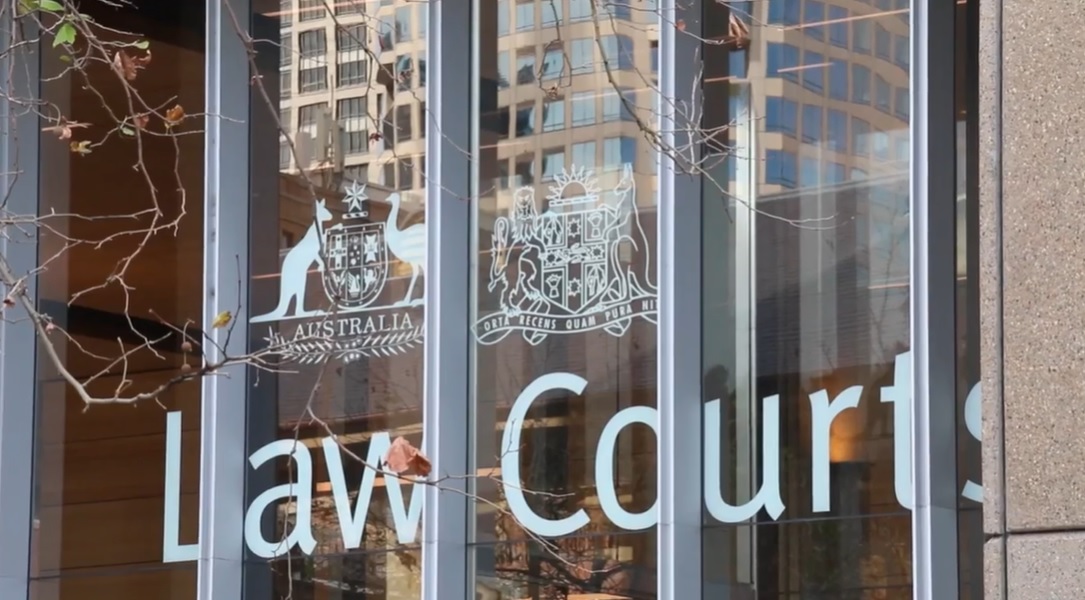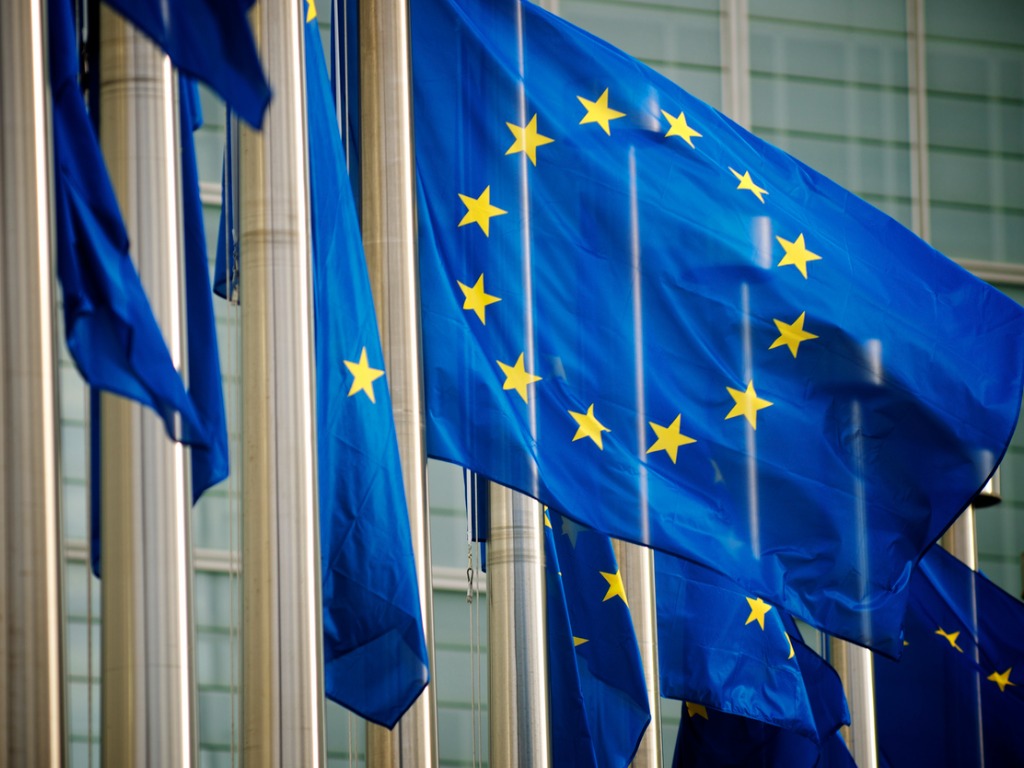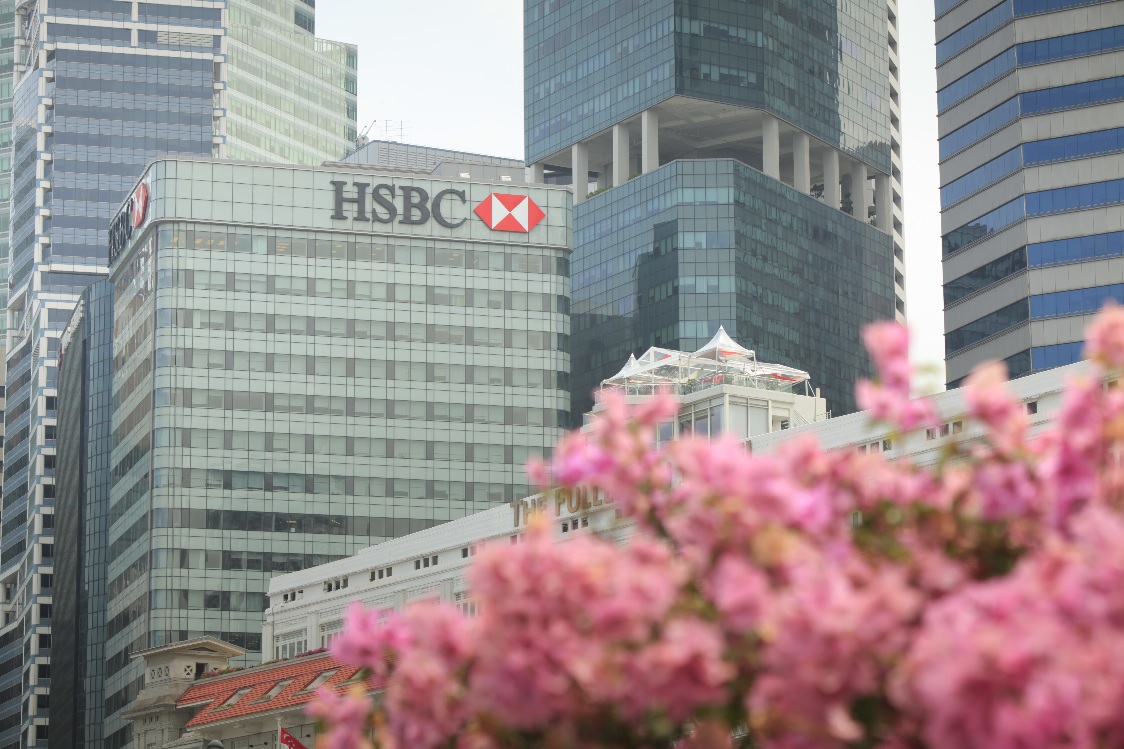21 August, 2023
Hello and welcome to this week’s JMP Report
Last week saw 6 stocks traded on the local market. BSP traded 9,379 shares high by 26 toea at K13.10, KSL traded 155,905 shares steadily at K2.40, STO traded 2,046 shares steadily at K19.11, KAM traded 10,000 shares high by 5 toea at K0.90, NCM traded 34 shares steadily at K75.00 AND CPL traded 19,965 shares low by 1 toea at K0.79.
WEEKLY MARKET REPORT | 14 August, 2023 – 18 August, 2023
| STOCK | QUANTITY | CLOSING PRICE | CHANGE | % CHANGE | 2021 FINAL DIV | 2021 INTERIM | YIELD % | EX-DATE | RECORD DATE | PAYMENT DATE | DRP | MARKET CAP |
| BSP | 9,379 | 13.10 | 0.24 | 1.83 | K1.4000 | – | 13.53 | THUR 9 MAR 2023 | FRI 10 MAR 2023 | FRI 21 APR 2023 | NO | 5,317,971,001 |
| KSL | 155,905 | 2.40 | – | 0.00 | K0.1610 | – | 9.93 | FRI 3 MAR 2023 | MON 6 MAR 2023 | TUE 11 APR 2023 | NO | 64,817,259 |
| STO | 2,046 | 19.11 | – | 0.00 | K0.5310 | – | 2.96 | MON 27 FEB 2023 | TUE 28 FEB 2023 | WED 29 MAR 2023 | YES | – |
| KAM | 10,000 | 0.90 | 0.10 | 11.11 | – | – | – | – | – | – | YES | 49,891,306 |
| NCM | 34 | 75.00 | – | 0.00 | USD$1.23 | – | – | FRI 24 FEB 2023 | MON 27 FEB 23 | THU 30 MAR 23 | YES | 33,774,150 |
| NGP | 0 | 0.69 | – | 0.00 | – | – | – | – | – | – | – | 32,123,490 |
| CCP | 0 | 2.00 | – | 0.00 | K0.225 | – | 6.19 | FRI 24 MAR 2023 | WED 29 MAR 2023 | FRI 5 MAY 2023 | YES | 569,672,964 |
| CPL | 19,965 | 0.79 | -0.01 | -1.27 | K0.05 | – |
4.20 |
WED 22 MAR 2023 | THUR 30 MAR 2023 | THU 30 JUL 2023 | – | 195,964,015 |
Dual listed stocks PNGX/ASX
BFL – 5.60 -3c
KSL – 792c +.002c
NCM – 24.99 -86c
STO – 7.77 -15c
JMP Order Book
Our book starts the week as net buyers of BSP, KSL and STO
On the interest rate front, the short end remains awash with cash with the average for the 93days @ 2.78%. The market was left 907mill oversubscribed issuing only 530mill from 7days out to 91days.
No indication at this point on the next GIS auction. Finance Company 12mth depo rates sit between 2.0 to 2.50%.
Other interest assets – 7 day comp
Silver 22.73 -7c
Natural Gas 2.57 -64c
Bitcoin – 26,195 -10.89%
Ethereum 1,684 -8.96%
PAX Gold – 1,872 -1.74%
What we’ve been reading this week
Australia Regulator Launches Greenwashing Suit Against Active Super over ESG Investing Claims

INVESTORS/ REGULATORS Mark Segal August 15, 2023
The Australian Securities & Investments Commission (ASIC), Australia’s corporate, markets, and financial services regulator, announced that it has launched a court action against superannuation fund Active Super, alleging that the fund made misleading ESG-related claims to members, by investing in companies in sectors that it had claimed to eliminate from its holdings.
In a statement released by ASIC announcing the commencement of the civil penalty proceedings in the Federal Court, the regulator outlined statements made by Active Super on its website and in social media postings claiming that the fund “eliminate(s) investments that pose too great a risk to the environment and community,” and providing tobacco, nuclear weapons, oil tar sands and gambling as examples. Active Super also said that it had added Russia to its list of excluded countries following the invasion of Ukraine.

Source: ASIC
According to the ASIC allegations, however, the fund held 28 holdings which exposed members to these areas between February 2021 and June 2023, including holdings in casino operator Skycity Entertainment Group, tobacco company Amcor, and Russian oil and gas companies Gazprom and Rosneft.
The regulator added that Active Super continued to have holdings in Russian securities as of June 30, 2023, despite making representations in May 2022 that it would stop investments in Russian companies.
ASIC Deputy Chair Sarah Court said:
“There is much competition among super funds for new members, and we know that funds seek to attract members with promises their investments will not be exposed to certain industries. When making these claims super funds must have evidence to back their claims and ensure they are not promising exclusions that they cannot guarantee.”
The announcement marks ASIC’s third greenwashing penalty proceedings launch so far this year, following the commencement of cases against Marsh McLennan company Mercer Superannuation and Vanguard Investments Australia. The cases follow a statement last year by ASIC Chair Joseph Longo, warning providers of investment funds and financial products that the regulator was watching out for misleading sustainability claims, and that it was providing guidance for fund managers and issuers to keep clear of greenwashing.
In a statement following the ASIC announcement, Active Super said:
“Active Super has co-operated with ASIC’s investigation and welcomes increased scrutiny on ESG disclosure standards as being good for members, the super industry and the community. As the matter is before the courts we are unable to comment further.”
ASIC said that it is seeking declarations, pecuniary penalties, adverse publicity orders and an injunction against Active Super from the Court.
Fountains of diamonds erupt from Earth’s center as supercontinents break up

Stephanie Pappas
Researchers have discovered a pattern where diamonds spew from deep beneath Earth’s surface in huge, explosive volcanic eruptions.
The breakup of supercontinents may trigger explosive eruptions that send fountains of diamonds shooting up to Earth’s surface.
Diamonds form deep in Earth’s crust, approximately 93 miles (150 kilometres) down. They are brought up to the surface very quickly in eruptions called kimberlites. These kimberlites travel at between 11 and 83 mph (18 to 133 km/h), and some eruptions may have created Mount Vesuvius-like explosions of gases and dust, said Thomas Gernon, a professor of Earth and climate science at the University of Southampton in England.
Researchers noticed that kimberlites occur most often during times when the tectonic plates are rearranging themselves in big ways, Gernon said, such as during the breakup of the supercontinent Pangaea. Oddly, though, kimberlites often erupt in the middle of continents, not at the edges of breakups — and this interior crust is thick, tough and hard to disrupt.
Sponsored Links
“The diamonds have been sat at the base of the continents for hundreds of millions or even billions of years,” Gernon said. “There must be some stimulus that just drives them suddenly, because these eruptions themselves are really powerful, really explosive.”
Gernon and his colleagues began by looking for correlations between the ages of kimberlites and the degree of plate fragmentation occurring at those times. They found that over the last 500 million years, there is a pattern where the plates start to pull apart, then 22 million to 30 million years later, kimberlite eruptions peak. (This pattern held over the last 1 billion years as well but with more uncertainty given the difficulties of tracing geologic cycles that far back.)
For example, the researchers found that kimberlite eruptions picked up in what is now Africa and South America starting about 25 million years after the breakup of the southern supercontinent Gondwana, about 180 million years ago. Today’s North America also saw a spike in kimberlites after Pangaea began to rift apart around 250 million years ago. Interestingly, these kimberlite eruptions seemed to start at the edges of the rifts and then marched steadily toward the center of the land masses.
These unstable regions can trigger instability in neighbouring regions, gradually migrating thousands of miles toward the cente of the continent. This finding matches the real-life pattern seen with kimberlite eruptions starting near rift zones and then moving to continental interiors, the researchers reported July 26 in the journal Nature.
But how do these instabilities cause explosive eruptions from deep in the crust? It’s all in the mixing of just the right materials, Gernon said. The instabilities are enough to allow rock from the upper mantle and lower crust to flow against each other.
This churns together rock with lots of water and carbon dioxide trapped within it, along with many key kimberlite minerals — including diamonds. The result is like shaking a bottle of champagne, Gernon said: eruptions with a lot of explosive potential and buoyancy to drive them to the surface.
The findings could be useful in searching for undiscovered diamond deposits, Gernon said. They might also help explain why there are other types of volcanic eruptions that sometimes occur long after a supercontinent breakup in regions that should be largely stable.
“It’s a fundamental and highly organized physical process,” Gernon said, “so it’s likely not just kimberlites responding to it, but it could be a whole array of Earth system processes that are responding to this as well.”
EU Adopts Rules Requiring Product Emissions Reporting for New Import Carbon Tax

ESG REPORTING/ GOVERNMENT
Mark Segal August 17, 2023
The European Commission announced today the adoption of reporting rules for importers of products under the Carbon Border Adjustment Mechanism (CBAM), the EU’s new carbon tax on imported goods, aimed at equalizing the carbon price paid by European producers with those outside the EU.
The new rules will require companies to begin collecting data on the embedded emissions of imported products in October of this year, with reporting beginning by the end of January 2024, and will apply through the transitional phase of CBAM, which runs until the end of 2025.
The main purpose of CBAM, adopted by the EU earlier this year, is to avoid “carbon leakage,” a situation in which companies move production of emissions intensive goods to countries with less stringent environmental and climate policies.
CBAM will equalize the price of carbon paid for EU products operating under the EU Emissions Trading System (ETS) – the EU’s internal cap and trade carbon pricing mechanism – with that paid for products produced in other countries, with companies that import into the EU required to purchase CBAM certificates in order to make up the difference.
Under the newly adopted rules, importers will be required to report on the embedded emissions of goods imported into the EU, with information including the country of origin of the goods, the installation where the goods were produced and the geographical coordinates of the main emissions source of the facility. Importers will be required to report on products’ direct emissions, including through the production process of the goods expressed as CO2e per tonne, and on indirect emissions, with information including the electricity consumption of the production process.
CBAM will initially apply to specific products from carbon intensive sectors, including iron and steel, cement, fertilizers, aluminum, electricity, hydrogen, and some downstream products such as screws and bolts, as well as to some indirect emissions under certain conditions. In the transition phase, which runs until 2026 importer obligations are limited only to reporting of product emissions.
The EU Commission added that it has also published guidance today to help importers and third country producers to implement the new rules, and noted that dedicated IT tools to help importers perform and report the required calculations are currently being developed, along with training materials, webinars and tutorials.
HSBC’s New Energy Transition Platform Makes First Investment in Solar Developer Tekoma Energy

Mark Segal August 15, 2023
HSBC Asset Management announced an investment by its Energy Transition Infrastructure (ETI) team Tokyo-based solar platform Tekoma Energy.
The investment marks the first for HSBC’s ETI platform, formed following the asset manager’s addition of an energy transition infrastructure-focused investment team to its alternatives unit in Asia, in a business transfer agreement with Hong Kong-based asset manager Green Transition Partners earlier this year. The team targets mid-market investments in areas including renewable energy generation, storage, grids, charging and hydrogen infrastructure, working alongside in-country developers.
Rowan te Kloot, Managing Principal, Energy Transition Infrastructure, Asia Pacific at HSBC AM, said:
“We are pleased to announce our investment in Tekoma Energy, marking a significant milestone for HSBC Asset Management’s Energy Transition Infrastructure team. This investment aligns well with our mid-market, value-added, direct equity strategy as well as our focus on developed Asian markets.”
Tekoma Energy is a renewable power developer specializing in PV solar across Northern Asia, operating in Japan since 2013, and Taiwan since 2018. The company has to date developed solar PV projects totaling over 700 MW of capacity. With the new investment, the company expects to invest in a significant pipeline of new projects, targeting a portfolio of 500 MW of solar PV projects in construction and operation by 2027.
Tekoma Energy CEO Gerard Terricabras said:
“We are very excited to join forces with HSBC Asset Management’s Energy Transition Infrastructure team in this strategic investment, which will allow us to increase our footprint and take our business plan to the next level of its growth potential. We are aligned in our common purpose in achieving a lower carbon future.”
I hope you have enjoyed this week’s report. Please feel free to reach out if you would like further information on JMP Securities or wish to open a trading account.
Regards,
Head, Fixed Interest and Superannuation
JMP Securities
Level 1, Harbourside West, Stanley Esplanade
Port Moresby, Papua New Guinea
Mobile (PNG):+675 72319913
Mobile (Int): +61 414529814